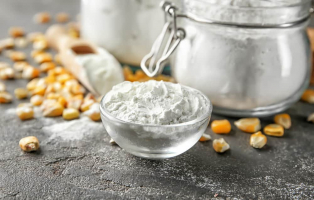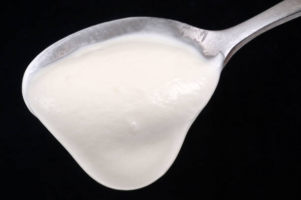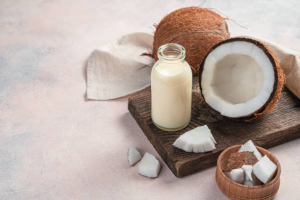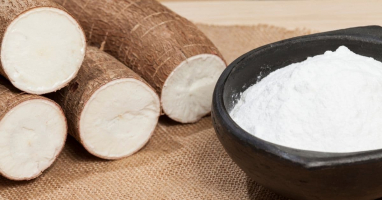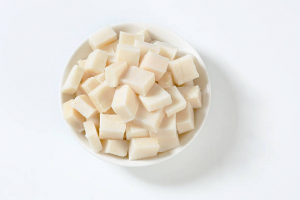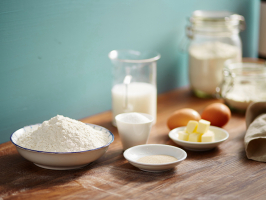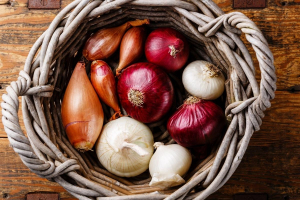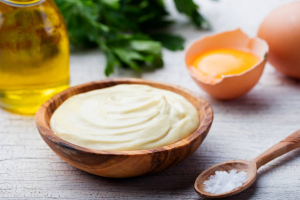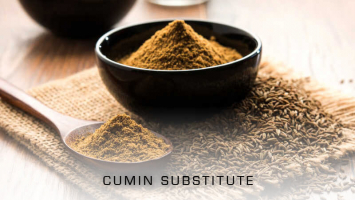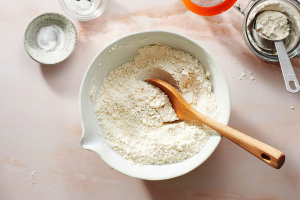Top 9 Best Substitutes for Self-Rising Flour
Self-rising wheat flour is a pantry essential for both experienced and inexperienced bakers. However, having backup plans prepared might be beneficial. Whether ... read more...you want to boost the nutritional content of your favorite recipe, manufacture a gluten-free version, or just don't have self-rising flour on hand, there is a substitute for nearly any case. Here are the finest self-rising flour replacements, including gluten-free ones.
-
All-purpose or white flour is likely the most straightforward substitute for self-rising flour. This is due to the fact that self-rising flour is made up of white flour plus a leavening ingredient. Leavening is the generation of gas or air in baking that causes the food to rise.
The chemical or combination of substances used to trigger this action is known as a leavening agent. The process produces the characteristic porous and fluffy texture of baked foods. Baking powder is commonly used as a leavening ingredient in self-rising flour. Baking powder, for example, comprises both an acidic (low pH) and a basic (high pH) material. When the acid and base interact, they produce CO2 gas, which permits the baked item to rise.
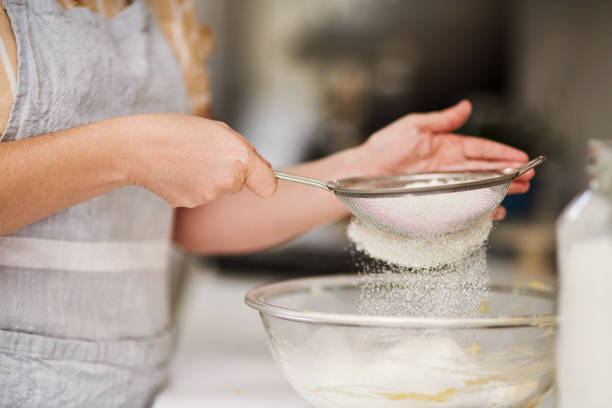
All-purpose or white flour 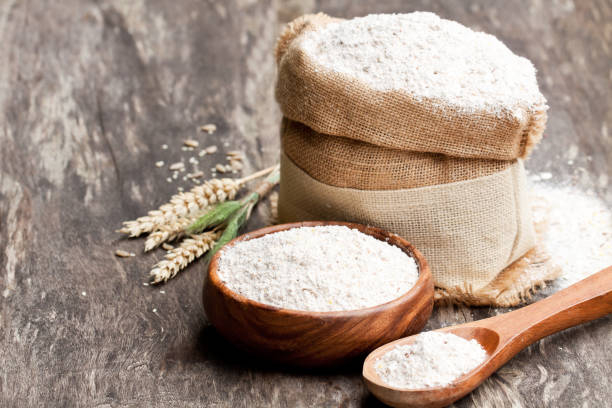
All-purpose or white flour -
Consider using whole-wheat flour to boost the nutritional content of your dish. The bran, endosperm, and germ of the entire grain are all present in whole-wheat flour. According to research, persons who consume whole grains on a daily basis are less likely to acquire heart disease, some malignancies, diabetes, and other infectious illnesses.
Whole-wheat flour can be used in place of white flour, although it will have a thicker consistency. While it's ideal for robust bread and muffins, it may not be ideal for cakes and other light pastries. If you're using normal whole-wheat flour instead of self-rising flour, don't forget to add a leavening agent.
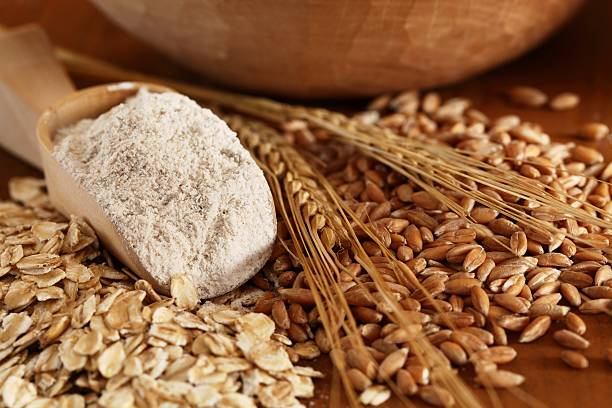
Whole-Wheat Flour 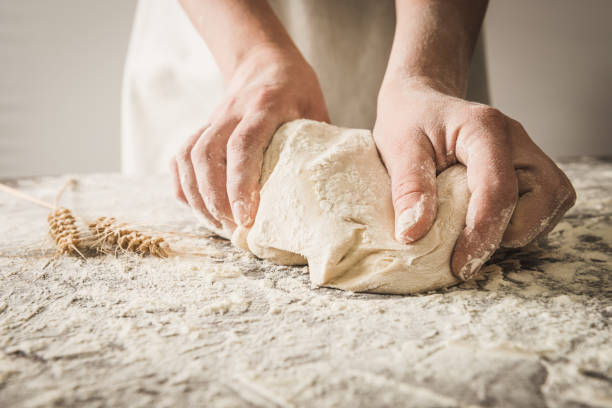
Whole-Wheat Flour -
Amaranth is a gluten-free pseudo-grain that dates back thousands of years. It has all nine necessary amino acids and is high in fibre, vitamins, and minerals. Though not officially a grain, amaranth flour may be used in place of wheat flour in many recipes. Amaranth flour, like other whole grains, is rich and filling. It works well for pancakes and fast bread. A 50/50 blend of amaranth and a lighter flour might give the ideal fluffier, less dense texture. Because amaranth flour lacks a leavening agent, you will need to add one.
Spelt is an ancient whole grain that has a comparable nutritional profile to wheat. It comes in both refined and whole-grain varieties. You may use spelt in place of self-rising flour, but you'll need to add a leavening agent. Because spelt absorbs more water than wheat, you may want to use slightly less liquid than your original recipe asks for. Spelt, like wheat, contains gluten and is therefore inappropriate for gluten-free diets.
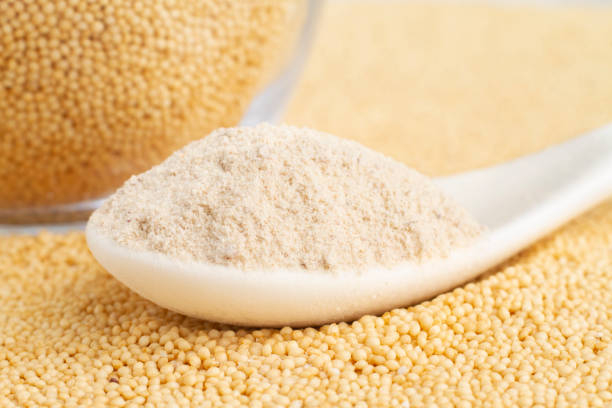
Amaranth Flour 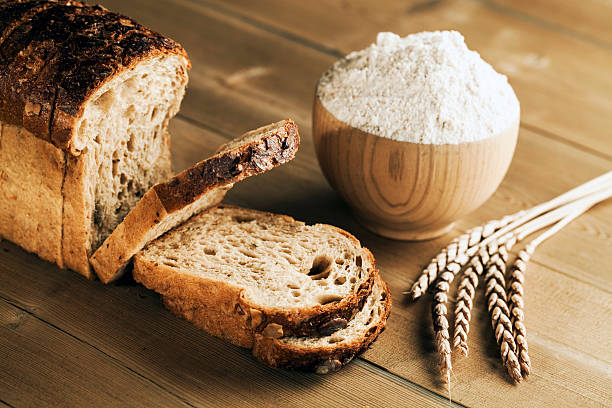
Spelt Flour -
In some baked items, beans are an unexpected, healthful, and gluten-free option for self-rising flour. Beans are high in fiber, protein, and other minerals. According to research, eating beans on a daily basis may help lower cholesterol.
For each cup (125 grams) of flour in your recipe, use one cup (224 grams) of cooked, puréed beans and a leavening agent. Black beans are best for recipes that use chocolate since their dark color will be noticeable in the finished product. Beans have more moisture and less starch than wheat flour. This might result in a denser finished product that does not rise as much.
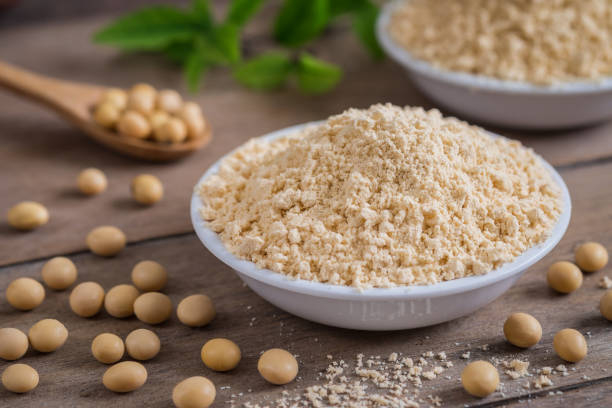
Beans and Bean Flour 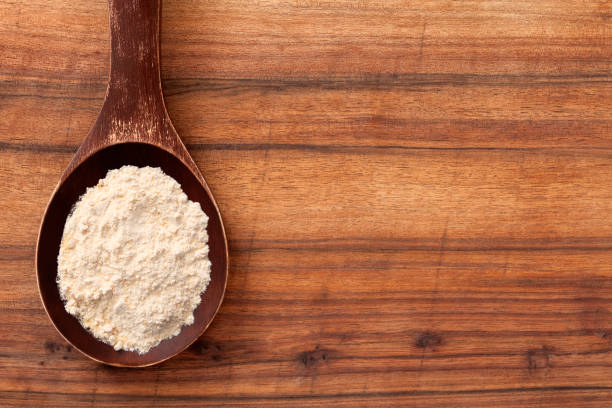
Beans and Bean Flour -
Oat flour is a whole-grain substitute for wheat flour. It is available for purchase or may be readily made at home by pounding dried oats in a food processor or blender until they create a fine powder. Oat flour does not rise the same as wheat flour. To guarantee that your finished product rises properly, you will need to add more baking powder or another leavening ingredient.
To 1 cup (92 grams) oat flour, add 2.5 teaspoons (12.5 grams) baking powder. If you use oat flour because you have a gluten allergy or intolerance, keep in mind that oats are frequently contaminated with gluten during processing. To avoid this, make sure you buy certified gluten-free oats.
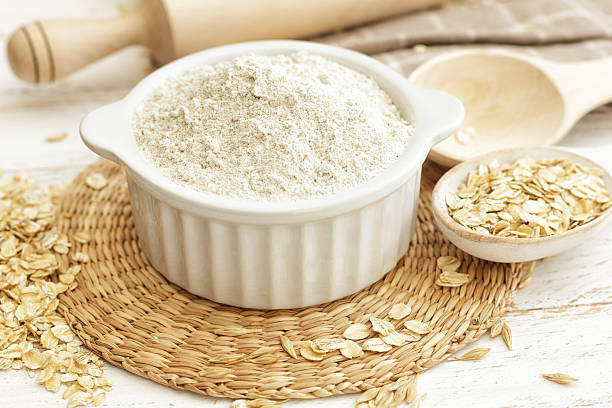
Oat Flour 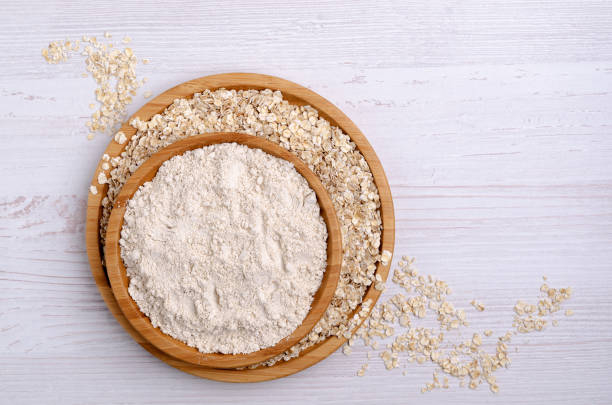
Oat Flour -
Quinoa is a trendy pseudo-grain that is touted for having a higher protein content than other grains. Quinoa, like amaranth, provides all nine necessary amino acids and is gluten-free. Quinoa flour has a strong, nutty taste that complements muffins and fast bread well. When used alone as a self-rising flour alternative, it tends to be rather dry. As a result, it works best when coupled with another type of flour or particularly wet foods. Any recipe that calls for quinoa flour will require the use of a leavening agent.
Cricket flour is a gluten-free flour prepared from milled roasted insects. It has the most protein of any flour substitute on our list, with 7 grams in a two-tablespoon (28.5-gram) portion. If you substitute cricket flour for self-rising flour, your baked items may become crumbly and dry. It's ideal to combine it with other flours for an extra protein boost. Cricket flour is not suitable for persons who follow a vegetarian or vegan diet. If you decide to try this unusual ingredient, keep in mind that you may need to add a leavening agent if your recipe does not already include one.
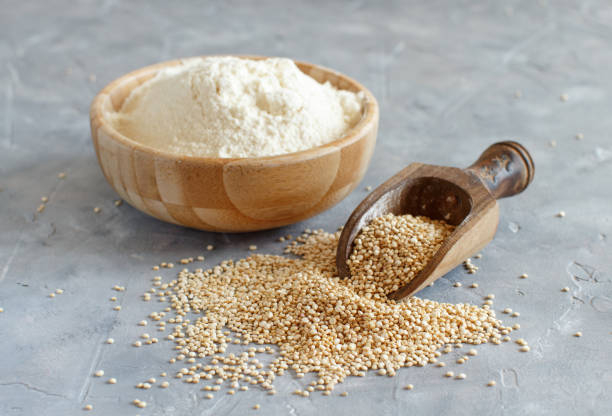
Quinoa Flour or Cricket Flour 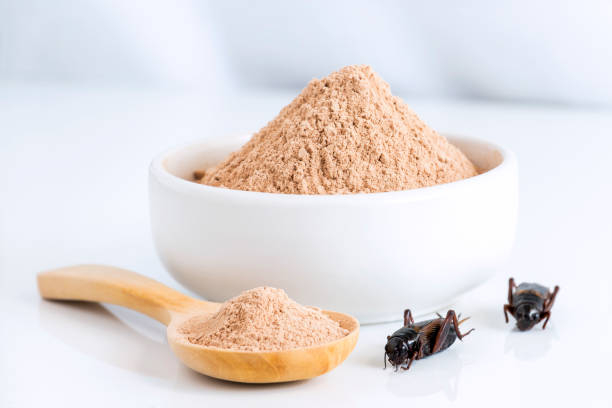
Quinoa Flour or Cricket Flour -
Rice flour is created from milled brown or white rice and is gluten-free. Its neutral flavor and widespread availability make it a popular substitute for wheat flour. Rice flour is frequently used to thicken soups, sauces, and gravies. It's also great for highly moist baked items like cakes and dumplings. Rice flour can not absorb liquids or fats as rapidly as wheat flour, which might result in mushy or oily baked items.
Allow batters and rice flour mixtures to rest before baking. This allows them to absorb the liquids for a longer period of time. Rice flour works best when combined with other gluten-free flour to get results that are more similar to wheat flour. To get the same results as self-rising flour, you may need to add a leavening agent.
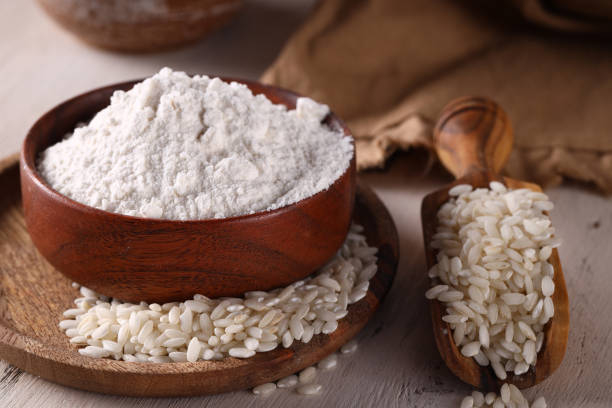
Rice Flour 
Rice Flour -
Coconut flour, derived from dried coconut flesh, is a soft, gluten-free flour. Coconut flour behaves extremely differently in baking than other grain-based flour due to its high fat and low starch content. Because it is incredibly absorbent, you will require less than if you used wheat flour. Use one-fourth to one-third cup (32-43 grams) of coconut flour for every cup (125 grams) of wheat flour for the best results. To keep baked items together, coconut flour necessitates the addition of more eggs and liquid. Use six eggs for every cup (128 g) of coconut flour, plus one more cup (237 ml) of liquid.
A leavening agent may also be required, depending on the recipe. Because of the enormous variances between wheat and coconut flour, it may be best to stick to pre-made recipes intended exclusively for coconut flour rather than experimenting with your own.
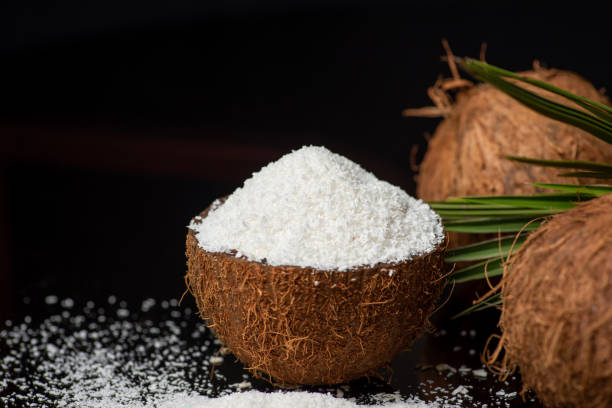
Coconut Flour 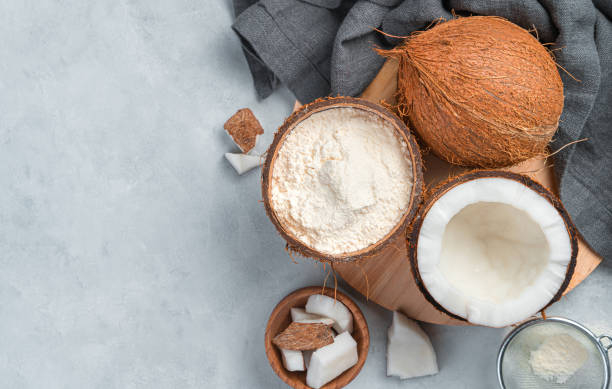
Coconut Flour -
Nut flours, also known as nut meals, are gluten-free flour alternatives prepared from raw nuts pounded into a fine powder. They're a great way to add fiber, protein, and healthy fats to baked goods. They also have a distinct flavor based on the type of nut. The most common nut flours are:
- Almond
- Pecan
- Hazelnut
- Walnut
To make baked items with the same structure as wheat flour, combine nut flour with other types of flour and/or eggs. A leavening agent may also be required. Nut flours are adaptable and delicious in pie crusts, muffins, cakes, cookies, and bread. Nut flours should be kept in the freezer or refrigerator since they deteriorate quickly.
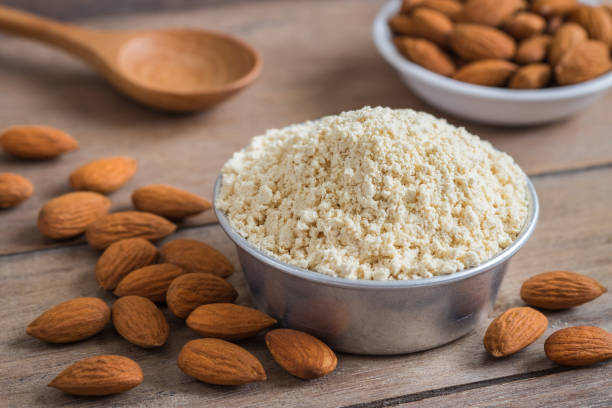
Nut Flours 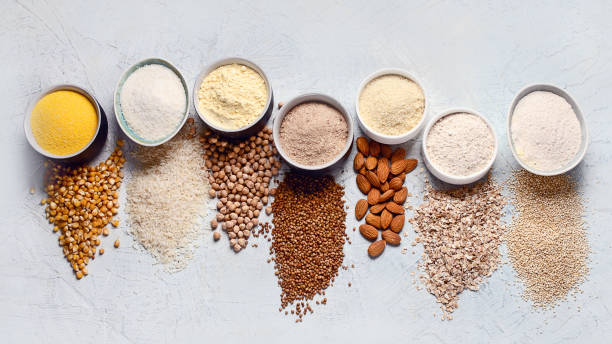
Nut Flours











